Plants You Should Never Plant Next To Your Tomatoes
Plants You Should Never Plant Next to Your Tomatoes
Tomatoes are a popular garden vegetable, but they can be susceptible to pests and diseases. One way to help protect your tomatoes is to plant them with companion plants that can help deter pests and diseases. However, there are also some plants that you should avoid planting next to tomatoes, as they can actually harm your plants.
In this blog post, we will discuss the plants that you should never plant next to your tomatoes. We will also discuss why these plants are not good companions for tomatoes, and what you can plant instead.
Why Companion Planting Matters
Companion planting is the practice of planting certain types of plants together in order to benefit each other. Some plants can help to deter pests, while others can help to improve the soil quality or attract pollinators.
When companion planting tomatoes, it is important to choose plants that will not compete with them for water, nutrients, or sunlight. You should also choose plants that will not attract the same pests or diseases as tomatoes.
Plants to Avoid Planting Next to Tomatoes
There are a few plants that you should avoid planting next to tomatoes. These plants include:
- Brassicas: This family of vegetables includes cabbage, broccoli, cauliflower, and Brussels sprouts. Brassicas are heavy feeders and can compete with tomatoes for nutrients. They can also attract pests such as cabbage loopers and flea beetles.

- Corn: Corn and tomatoes are both heavy feeders, and they can compete with each other for nutrients. Corn can also shade tomatoes, which can reduce their yield.
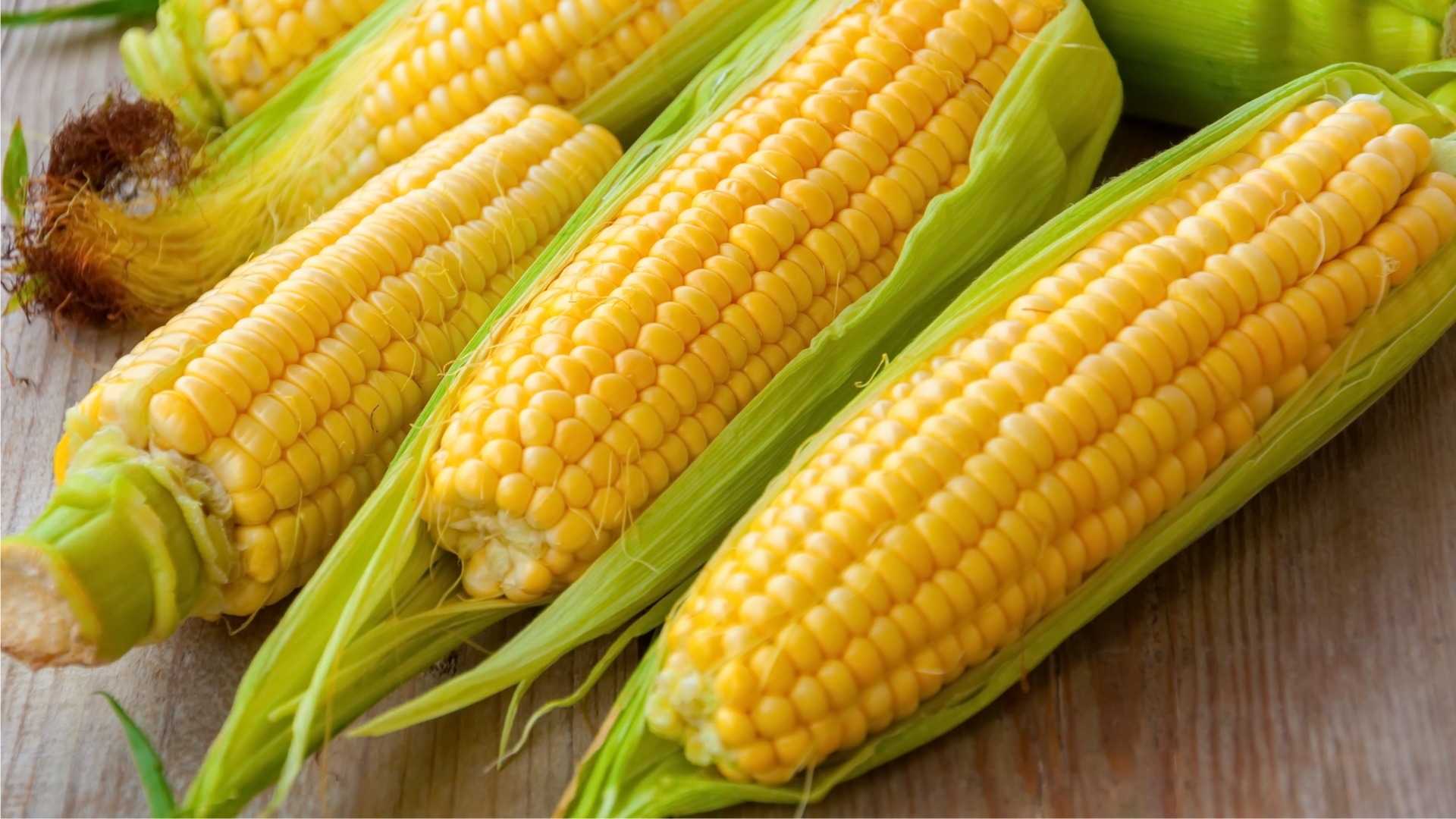
- Eggplant: Eggplant is a member of the nightshade family, just like tomatoes. These plants can be susceptible to the same pests and diseases, and planting them together can increase the risk of infection.

- Fennel: Fennel is a strong-smelling herb that can inhibit the growth of tomatoes. It can also attract pests such as aphids and spider mites.
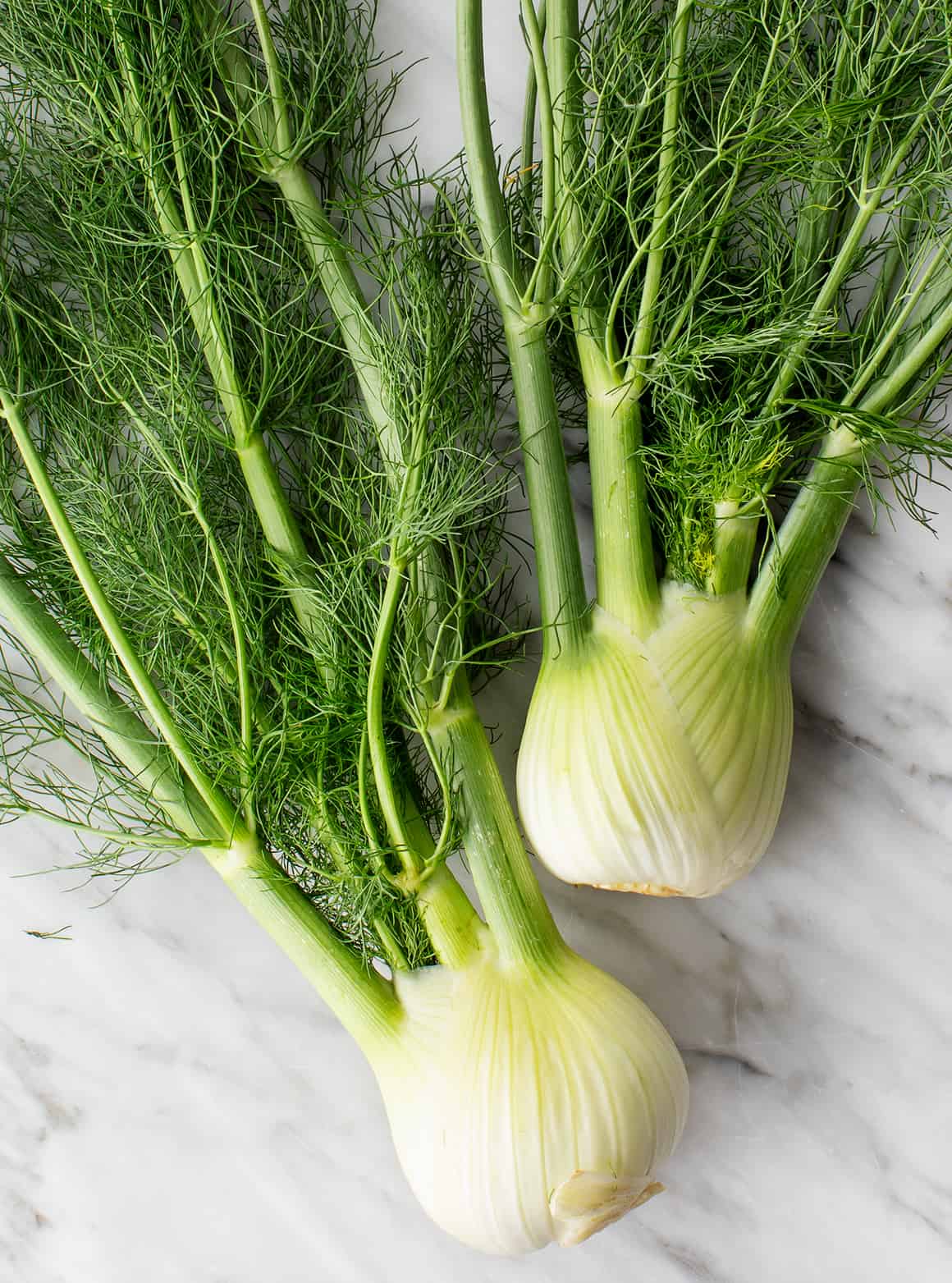
- Potatoes: Potatoes and tomatoes are both members of the nightshade family, and they can be susceptible to the same pests and diseases. Planting them together can increase the risk of infection.
- Walnuts: Walnut trees release a chemical called juglone that can stunt the growth of tomatoes. If you have a walnut tree in your yard, it is best to plant your tomatoes at least 30 feet away.

What to Plant Instead
If you are looking for plants to plant next to your tomatoes, there are a few good options. These plants include:
- Basil: Basil is a popular herb that can help to deter pests such as aphids and whiteflies. It can also improve the flavor of tomatoes.

- Marigolds: Marigolds are another popular herb that can help to deter pests. They can also attract pollinators, which can help to improve the pollination of your tomatoes.

- Nasturtiums: Nasturtiums are a colorful flower that can help to deter pests such as aphids and nematodes. They can also improve the soil quality.

- Sunflowers: Sunflowers are tall plants that can provide shade for tomatoes. They can also attract pollinators.
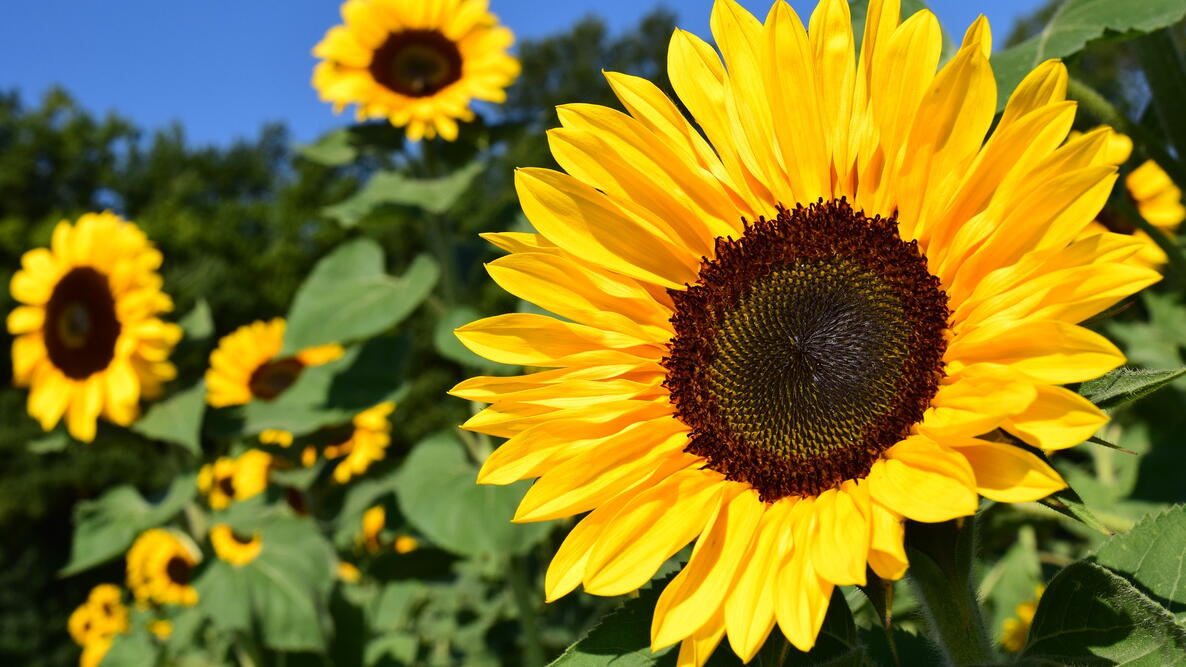
- Borage: Borage is a flowering herb that can help to attract pollinators. It can also improve the soil quality.
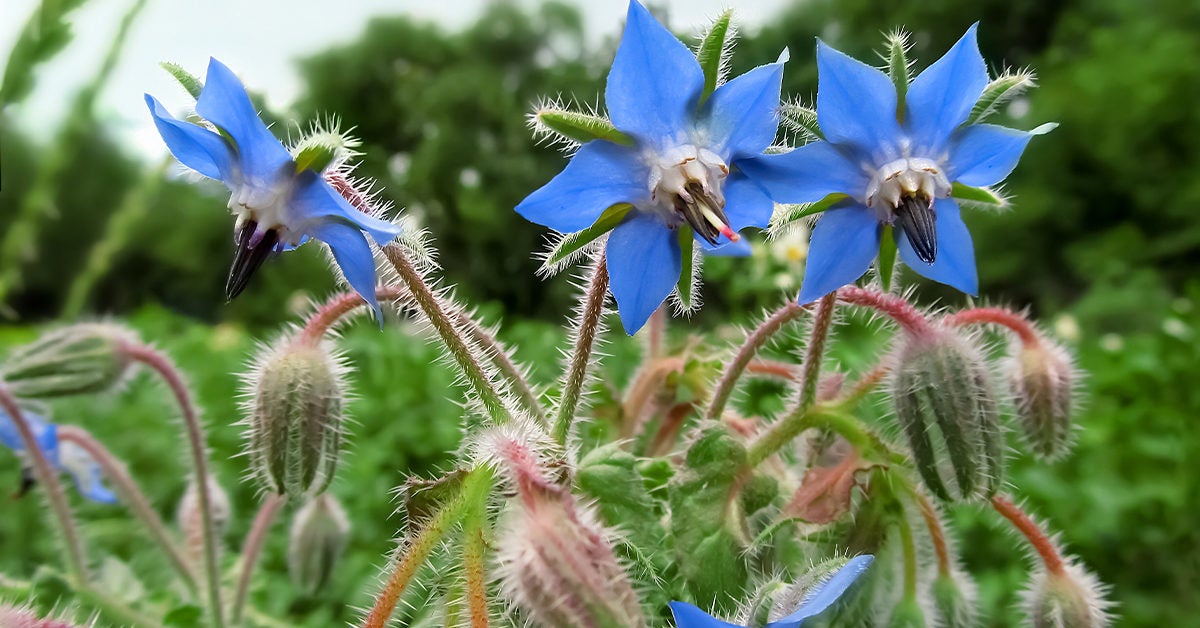
Conclusion
By avoiding planting these plants next to your tomatoes, you can help to protect your plants from pests and diseases. You can also improve the yield and flavor of your tomatoes by planting them with companion plants that will benefit them.
Growing tomatoes is a rewarding experience, but it's important to know which plants to avoid planting near them. Some plants, such as members of the brassica family, can compete with tomatoes for nutrients and water, while others can attract pests or diseases.
If you're not sure which plants are bad companions for tomatoes, I recommend visiting Gardenia Inspiration. This website has a comprehensive list of plants that should be avoided, as well as information on why they're not good choices for tomato gardens.
In addition to avoiding bad companion plants, there are other things you can do to help your tomatoes thrive. Make sure they get plenty of sunlight and water, and fertilize them regularly. You can also use companion planting to your advantage by planting plants that attract beneficial insects or help to suppress weeds.
With a little planning, you can grow delicious, healthy tomatoes all season long. So visit Gardenia Inspiration today to learn more about bad companion plants for tomatoes and how to create a thriving tomato garden.
FAQ of bad companion plants for tomatoes
Q: What are some bad companion plants for tomatoes?
A: There are a few plants that should not be planted near tomatoes, as they can compete for nutrients, attract pests, or spread diseases. These include:
- Brassicas: This family includes plants like broccoli, cabbage, Brussels sprouts, and cauliflower. They are heavy feeders and can compete with tomatoes for nutrients.
- Eggplant, peppers, and potatoes: These are all members of the nightshade family, and they can share the same diseases. Planting them together can increase the risk of disease transmission.
- Fennel: Fennel releases a chemical that can stunt the growth of tomatoes.
- Dill: Mature dill plants can also stunt the growth of tomatoes.
- Walnut trees: Walnut trees release a chemical called juglone that can inhibit the growth of tomatoes.
Q: What are some good companion plants for tomatoes?
A: There are many plants that can be planted near tomatoes to help them thrive. These include:
- Basil: Basil is a natural pest repellent that can help keep tomato hornworms and other pests away.
- Marigolds: Marigolds also repel pests, and they can also help improve the flavor of tomatoes.
- Onions: Onions release a chemical that can help protect tomatoes from diseases.
- Garlic: Garlic is another good disease-fighting plant that can be planted near tomatoes.
- Cucumbers: Cucumbers and tomatoes can be planted together, as long as they are planted far enough apart to prevent the spread of pests and diseases.
Q: What are the risks of planting bad companion plants with tomatoes?
A: There are a few risks associated with planting bad companion plants with tomatoes. These include:
- Reduced yields: If tomatoes are competing with other plants for nutrients, they may not produce as many fruits.
- Diseases: Planting tomatoes with plants that are susceptible to the same diseases can increase the risk of disease transmission.
- Pests: Planting tomatoes with plants that attract pests can make it more difficult to control pests.
Q: How can I avoid planting bad companion plants with tomatoes?
A: There are a few things you can do to avoid planting bad companion plants with tomatoes. These include:
- Do your research: Before you plant any plants in your garden, do some research to make sure they are compatible with tomatoes.
- Read plant labels: Plant labels often list which plants are good and bad companions for each other.
- Talk to other gardeners: Experienced gardeners can often give you good advice on companion planting.
Image of bad companion plants for tomatoes
- Eggplant: Eggplant and tomatoes are both members of the nightshade family, and they can compete for nutrients. Additionally, eggplant can attract pests that can also damage tomatoes.
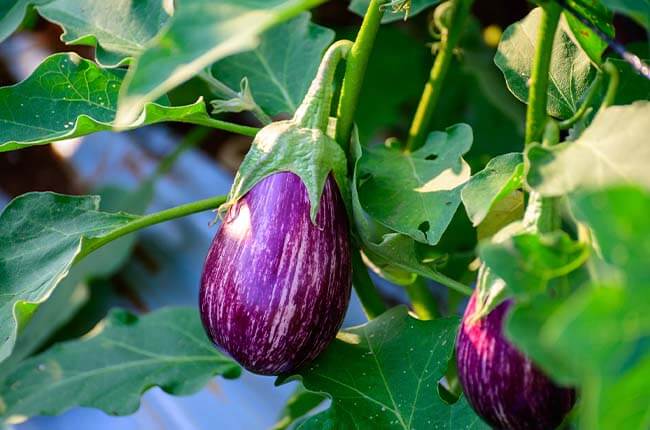
- Cucumbers: Cucumbers and tomatoes have different water needs, and planting them together can lead to one plant getting too much water while the other gets too little.
- Potatoes: Potatoes and tomatoes are both susceptible to the same diseases, so planting them together can increase the risk of infection.
- Melons: Melons and tomatoes attract different pollinators, so planting them together can reduce the pollination of both plants.
- Kale: Kale can suppress the growth of tomatoes, so it's best to plant them in separate areas of the garden.
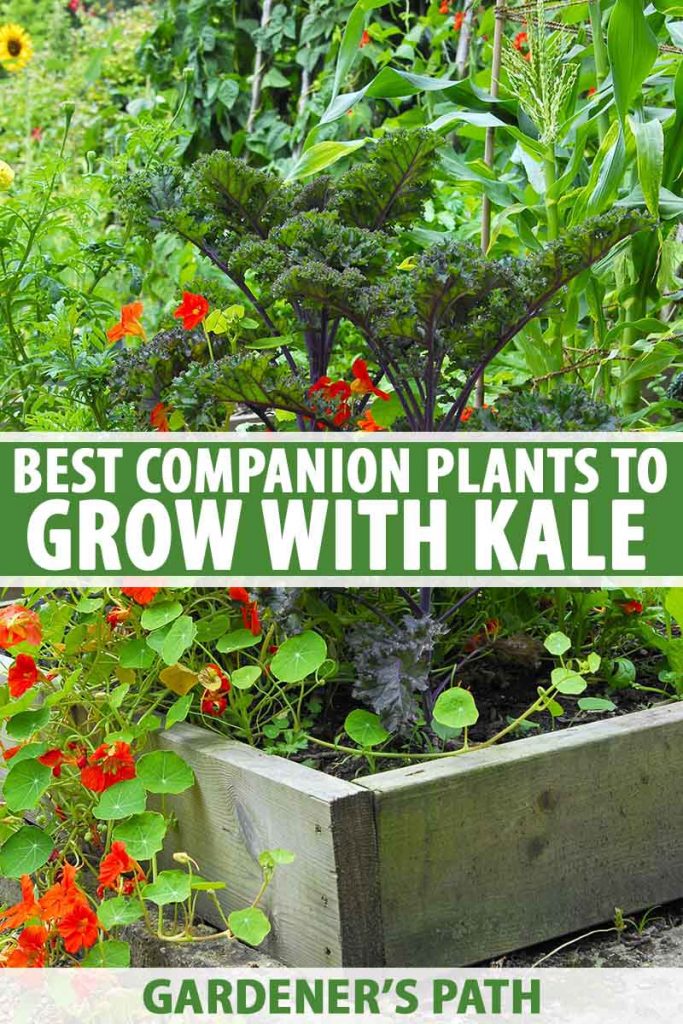
Post a Comment for " Plants You Should Never Plant Next To Your Tomatoes"